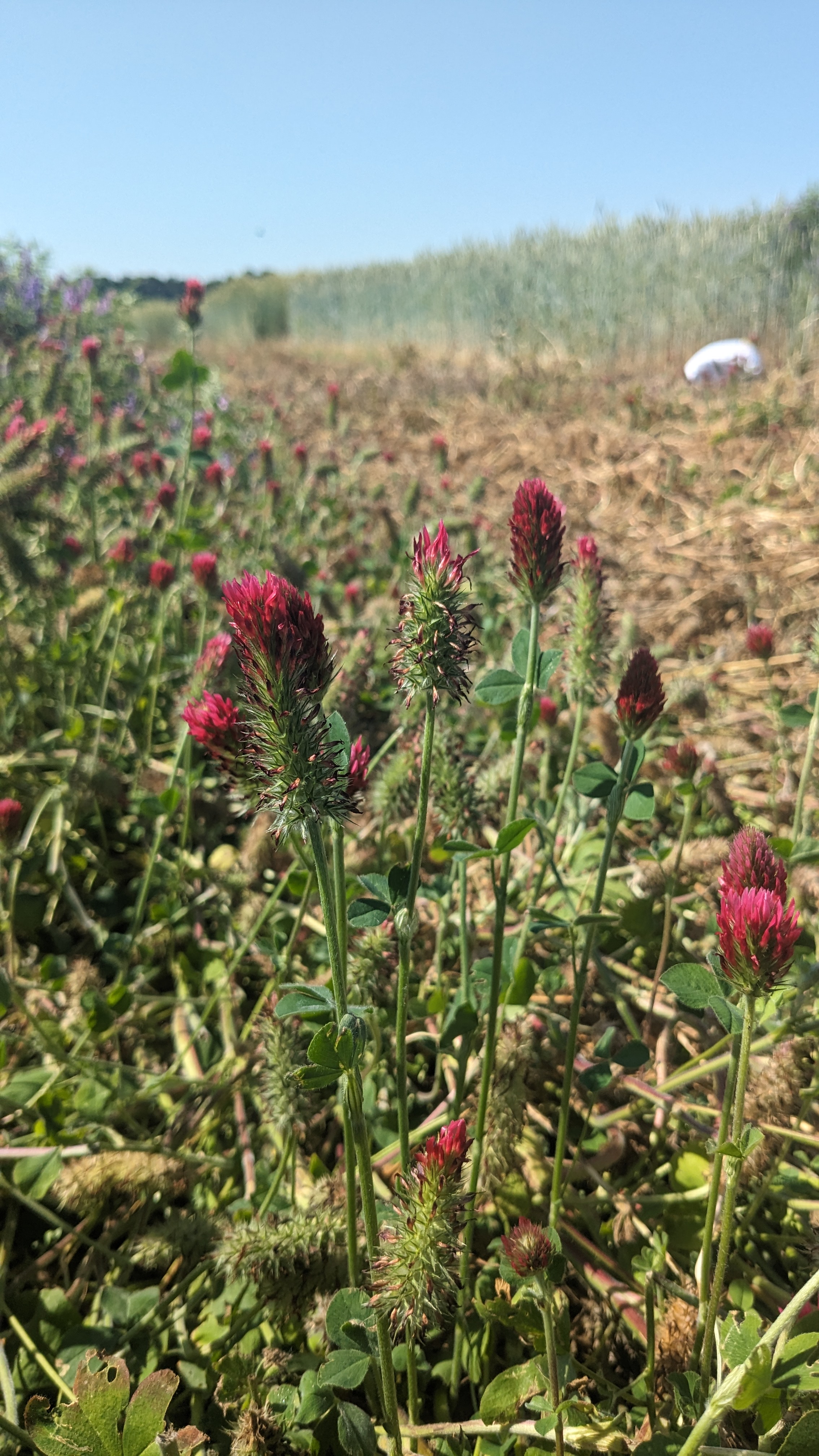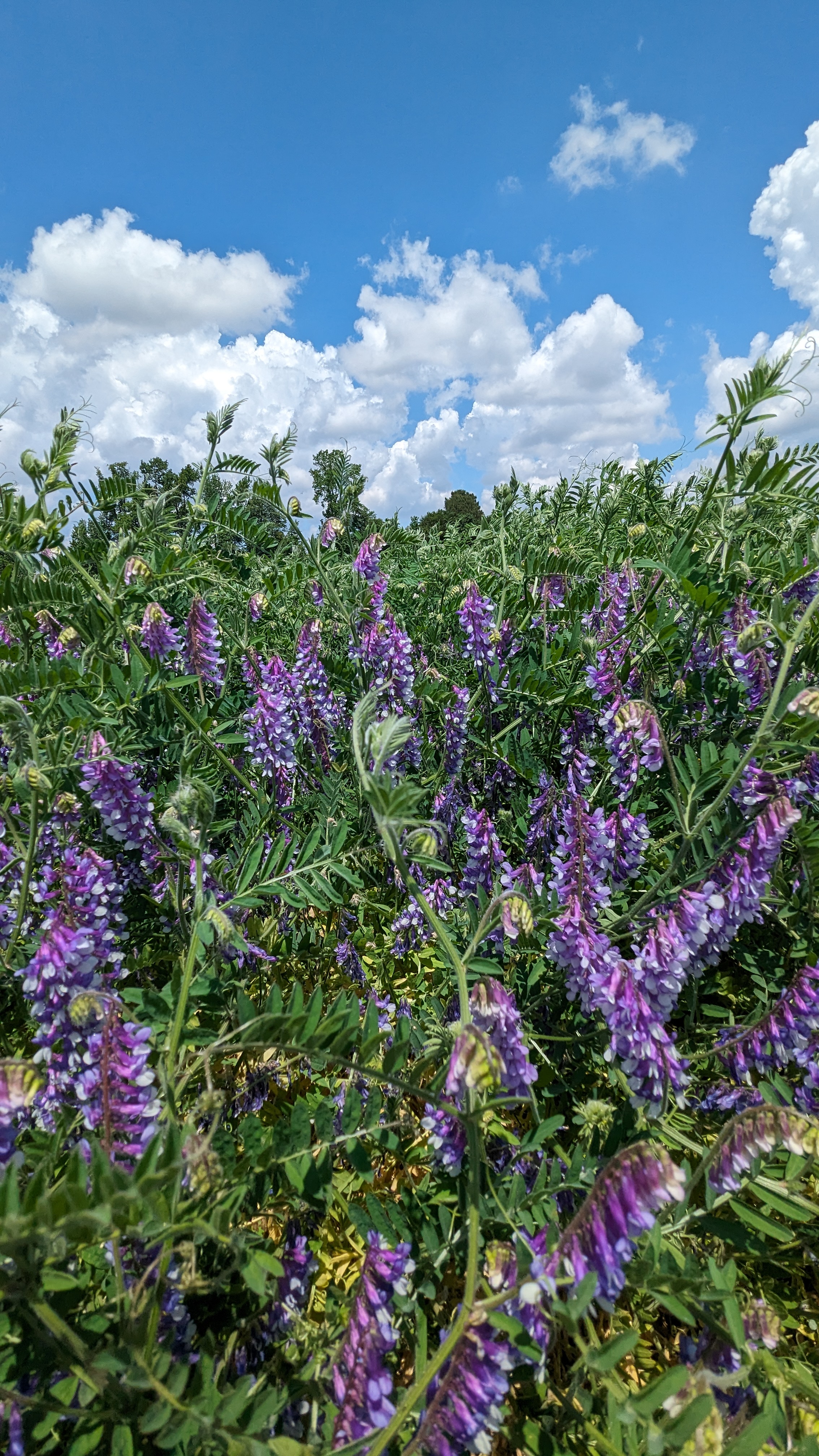Updates From the Field, Cover Crops and Organic Sunflower
go.ncsu.edu/readext?1003093
en Español / em Português
El inglés es el idioma de control de esta página. En la medida en que haya algún conflicto entre la traducción al inglés y la traducción, el inglés prevalece.
Al hacer clic en el enlace de traducción se activa un servicio de traducción gratuito para convertir la página al español. Al igual que con cualquier traducción por Internet, la conversión no es sensible al contexto y puede que no traduzca el texto en su significado original. NC State Extension no garantiza la exactitud del texto traducido. Por favor, tenga en cuenta que algunas aplicaciones y/o servicios pueden no funcionar como se espera cuando se traducen.
Português
Inglês é o idioma de controle desta página. Na medida que haja algum conflito entre o texto original em Inglês e a tradução, o Inglês prevalece.
Ao clicar no link de tradução, um serviço gratuito de tradução será ativado para converter a página para o Português. Como em qualquer tradução pela internet, a conversão não é sensivel ao contexto e pode não ocorrer a tradução para o significado orginal. O serviço de Extensão da Carolina do Norte (NC State Extension) não garante a exatidão do texto traduzido. Por favor, observe que algumas funções ou serviços podem não funcionar como esperado após a tradução.
English
English is the controlling language of this page. To the extent there is any conflict between the English text and the translation, English controls.
Clicking on the translation link activates a free translation service to convert the page to Spanish. As with any Internet translation, the conversion is not context-sensitive and may not translate the text to its original meaning. NC State Extension does not guarantee the accuracy of the translated text. Please note that some applications and/or services may not function as expected when translated.
Collapse ▲While the majority of sunflowers in the U.S. are grown further north, in North Carolina sunflower has potential to fit well into many of our current row-crop rotations. Graduate student Abby Pleasant is working to identify key agronomic recommendations for organic high-oleic sunflower in North Carolina. This research includes a density study, nitrogen rate study, and a variety trial with two different planting dates. We are in the second year of a nitrogen rate study, investigating optimal rates of nitrogen for organic high-oleic sunflower.
Sunflower yield and oil quality is influenced by nitrogen availability. While too little nitrogen can stunt growth and limit yields, too much nitrogen can lead to issues including lodging and lower oil content. This nitrogen study includes different rates of a nitrogen fertilizer (0, 50, 100, 150, 200, and 250 lb N/ac) approved for use in organic production and two leguminous winter cover crops, crimson clover and hairy vetch. In late October and early November our team planted crimson clover and hairy vetch in Clinton, Kinston, and Oxford.
Earlier this spring, we terminated the crimson clover and hairy vetch using a flail mower and incorporated their residue into the soil. Sunflowers were then planted into these plots 1-2 weeks following termination and incorporation of these cover crops. We are interested in seeing whether these leguminous cover crops can provide sufficient nitrogen for good sunflower yields and their impact on oil quantity and quality.
We look forward to sharing more updates from the field this season!




